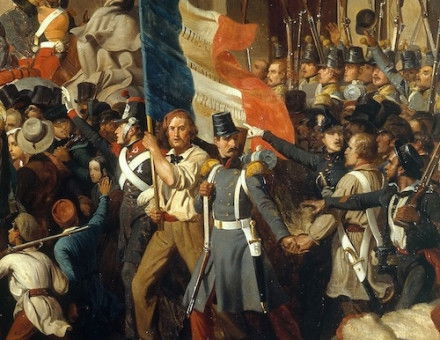The Origins of the Papal Schism
E.R. Chamberlin recounts the Babylonian captivity, as Petrarch described it, which lasted in Avignon for seventy-four years.
‘The houses fall down, the walls collapse, temples are overthrown, shrines wrecked, the laws trodden under foot. The Lateran Palace is razed to the ground and its basilica, Mother of all the churches, stands roofless, open to wind and rain.’
Such was Petrarch’s view of Rome when he went upon the Second Jubilee of 1350. Just fifty years before, Dante had attended the triumphant First Jubilee and had marvelled at the concourse of pilgrims, later choosing Easter of that same climacteric year 1300 for the opening date of the Comedy. But Rome then had been at the zenith of its power as the Papal city with Boniface VIII, Caesar-Pope, in the chair of Peter. Intoxicated with his success, Boniface carried his challenge to kings too far.





